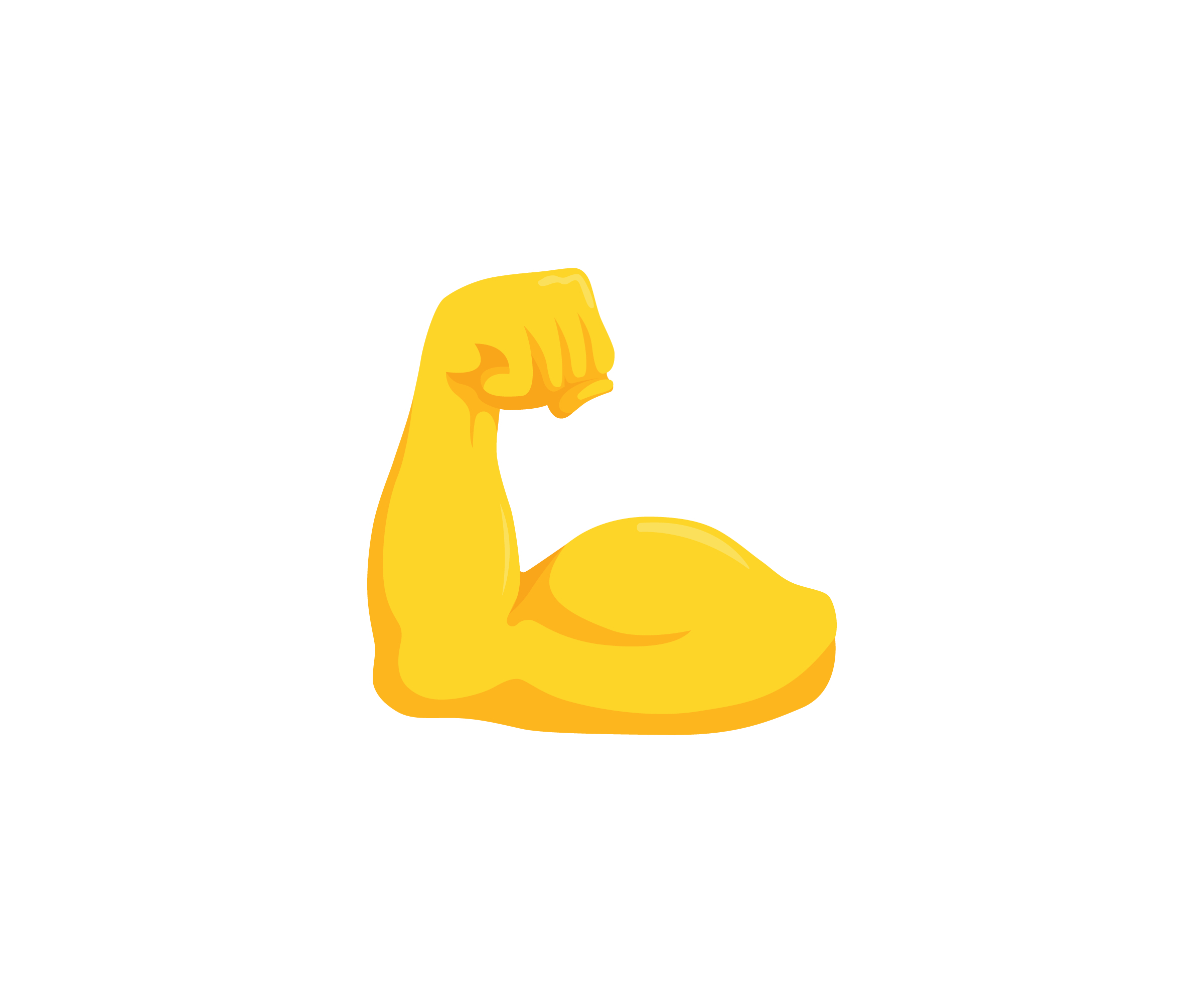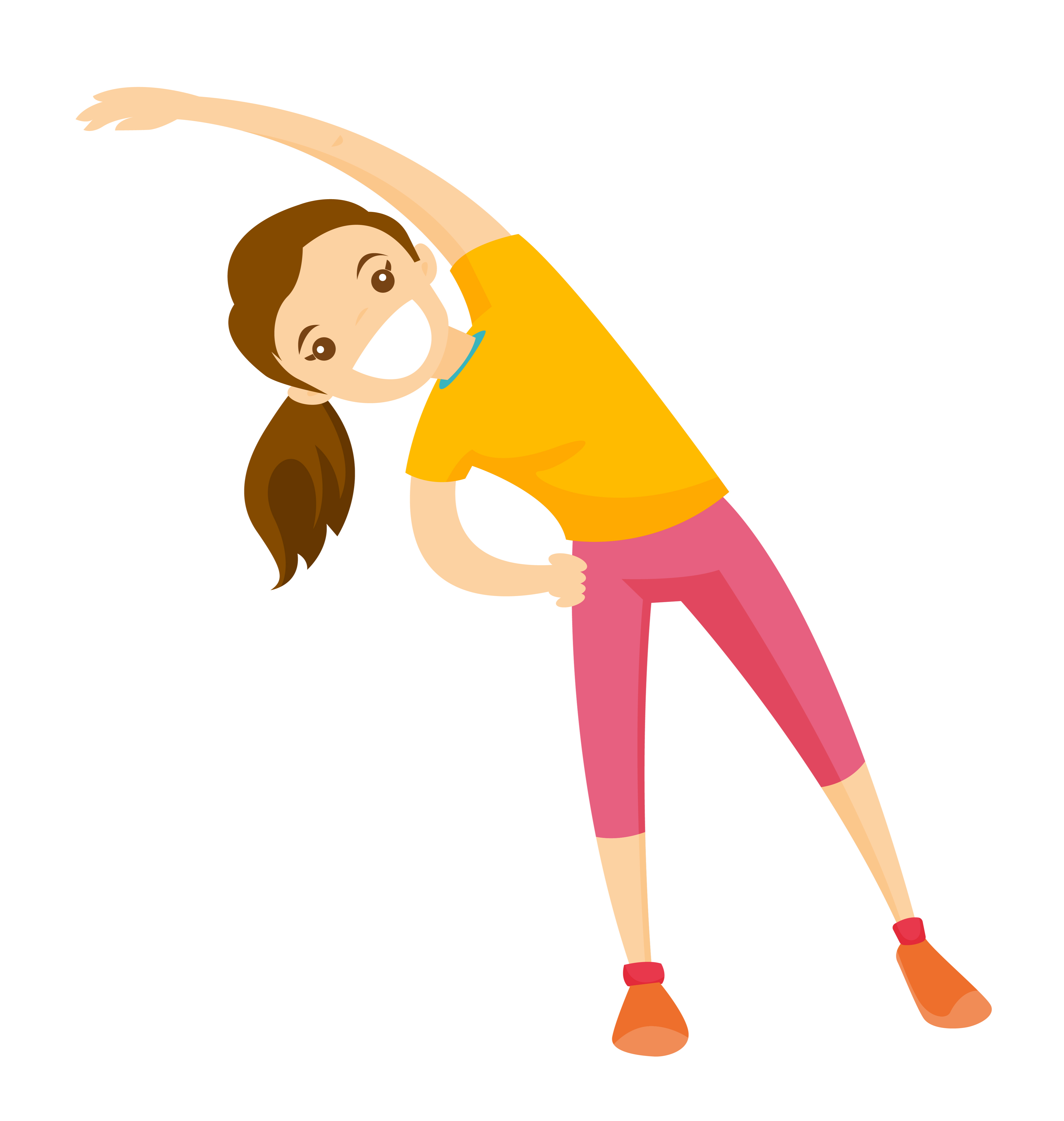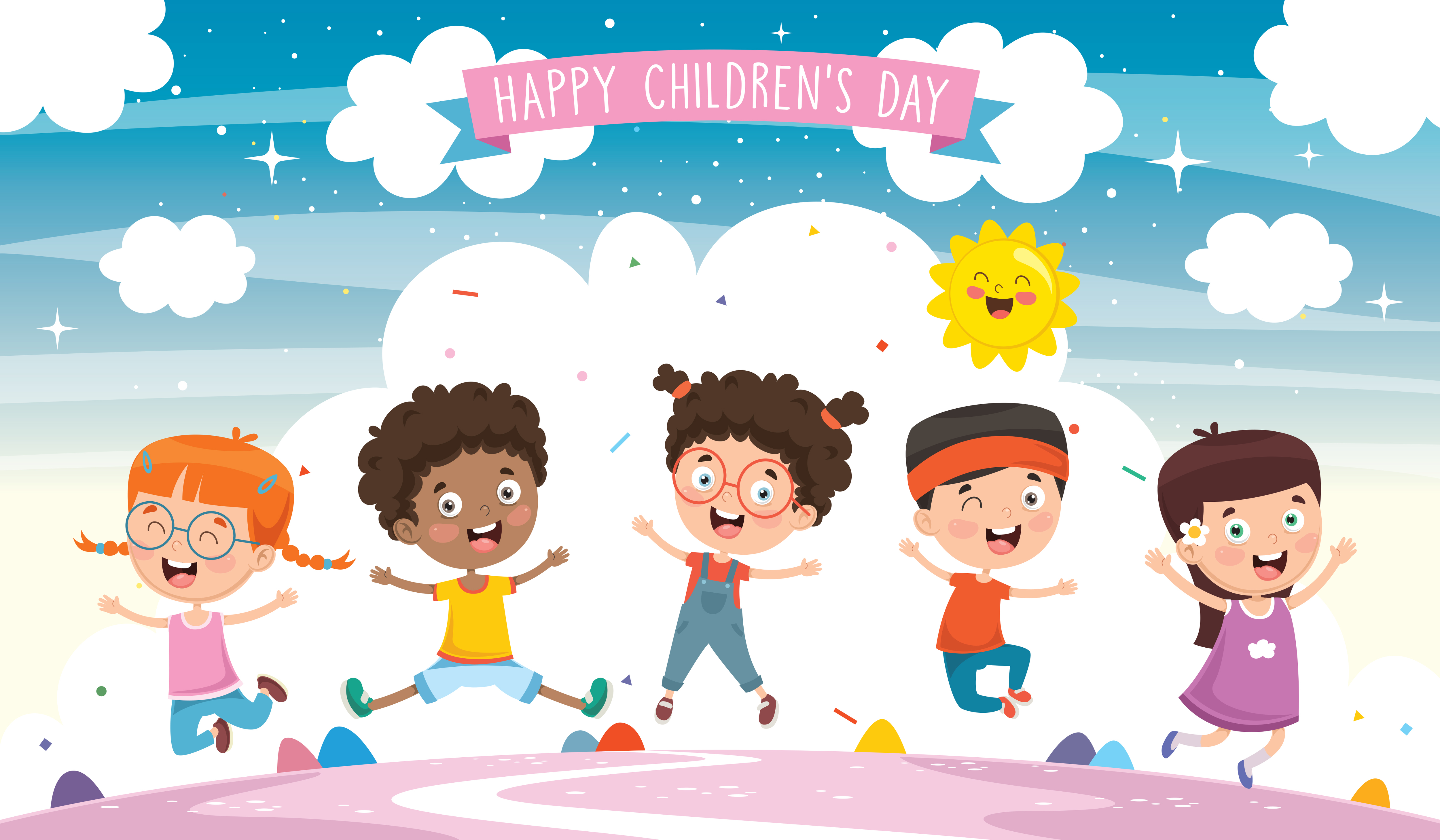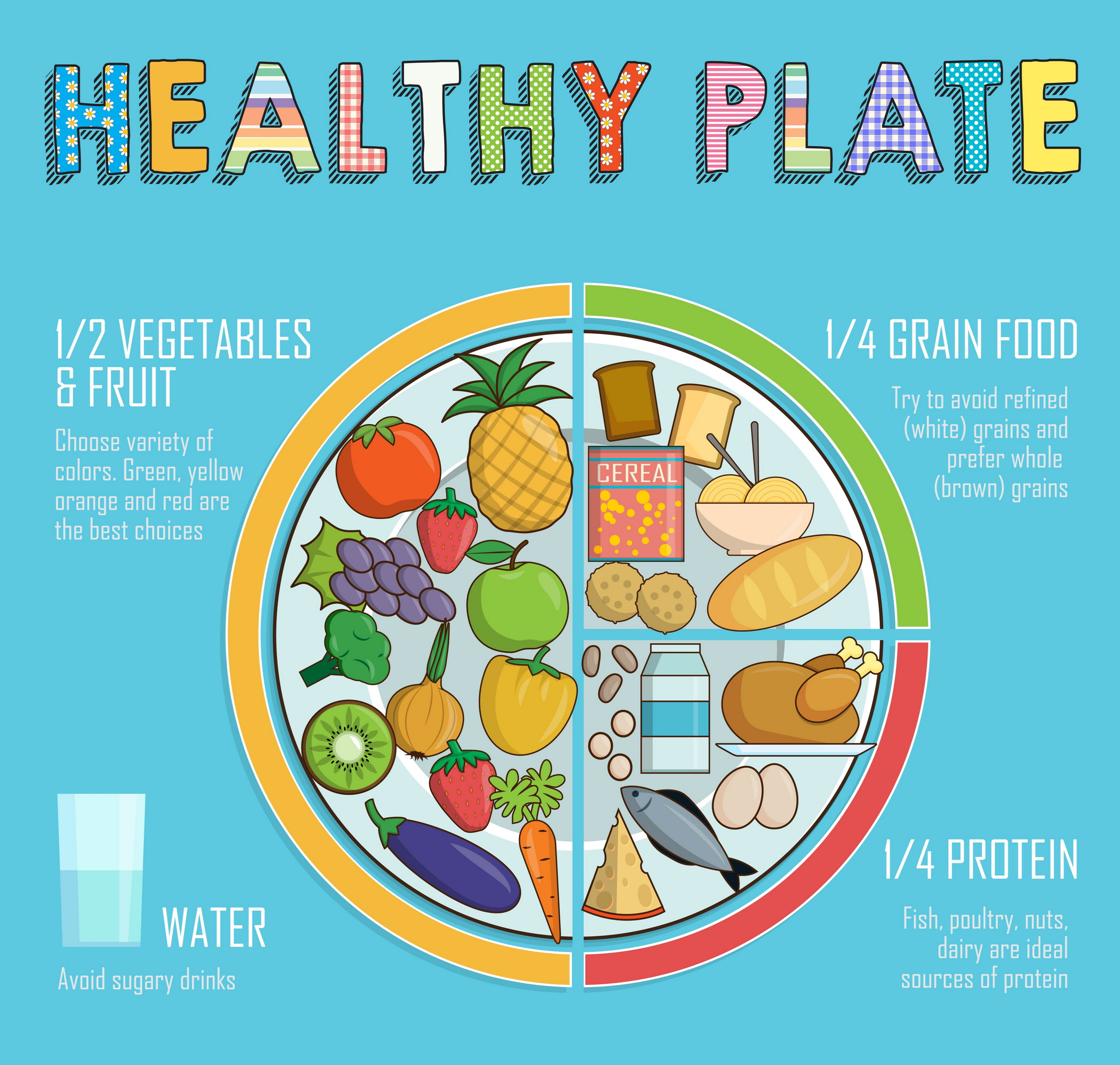
EdPlace's Key Stage 1 Home Learning Science Lesson: How to be 'healthy'?
Looking for short lessons to keep your child engaged and learning? Our experienced team of teachers have created English, maths and science lessons for the home, so your child can learn no matter where they are. And, as all activities are self-marked, you really can encourage your child to be an independent learner.
Get them started on the lesson below and then jump into our teacher-created activities to practice what they've learnt. We've recommended five to ensure they feel secure in their knowledge - 5-a-day helps keeps the learning loss at bay (or so we think!).
Are they keen to start practising straight away? Head to the bottom of the page to find the activities.
Now...onto the lesson!
Getting to the heart of a healthy body!
One of the most important things we can teach children is how to look after themselves and stay healthy, which is why it's part of the primary science curriculum. In Key Stage 1, children start with learning the basics; understanding healthy eating and the importance of exercise. This lesson breaks down the key information your child needs to know.
It’s useful to share a clear lesson objective with your child before you start, so they know what they'll be learning about and can assess their own understanding at the end. By the end of this lesson, we’re confident your child will be able to:
1) Understand the importance of exercise and a nutritious balanced diet to keep their bodies healthy
2) Apply this learning when thinking about their own lifestyles and consider what they do to stay healthy
3) Explain different ways in which we can look after their bodies
Step 1: Vocabulary check!
Take a look at some of the key vocabulary that your child needs to know before moving on. Discuss the words and check your child understands their meanings.
Exercise – physical activity which makes your body work
Muscles – parts of our body which are attached to bones and used every time we move
Step 2: What does your child already know?
Before starting a new topic, it’s always worth checking what your child already knows, and it gets their brains ‘switched on’ and ready to absorb some new information! In Year 1, children will have focused on identifying and labelling different body parts, and associating body parts with the 5 senses.
You could play a quick game with your child to see what they already know. Either point to your body parts for your child to name, or name body parts for them to find on themselves. You could focus on knees, shoulders, mouth, toes, spine, ears, fingers, elbows, nose and feet.
Step 3: The importance of exercise!
Your child probably does lots of exercise throughout the day without thinking about it – through playing, running, scooting, cycling, jumping on a trampoline. Can your child think of 3 things they have done this week which they think have been good exercise for them? You can keep coming back to these examples as we look at why exercise is so important for our bodies:
Exercise helps us by:
Keeping our hearts strong and healthy

Our heart is a muscle which pumps blood around your body. When we exercise, our heart pumps our blood faster and harder to keep up with the demand of our body.
Let's investigate! While seated, ask your child to feel their heartbeat or pulse. Then, try doing 10 star jumps on the spot and then feeling their pulse or heartbeat again. Is it any different? They may notice that it's stronger and faster than usual. Exercising your heart like this helps it stay strong and do its job of keeping your whole body healthy.
Making your muscles stronger and our bodies more flexible


Exercise strengthens our muscles and makes us stronger. Being stronger means we're able to do more things with our bodies, such as lifting, carrying, pushing or pulling. Flexibility is about the ‘stretchiness’ of our body (it's how much movement we have at our joints). Get your child to think of someone who we may describe as very 'stretchy'. They may think of a ballerina or gymnast who can stretch their body in all different directions. It's important to note that we can all improve our flexibility (maybe not to being able to do the splits) and when we do it makes it easier for us to do lots of everyday things!
Making us feel good!

Ask your child how they feel after exercise... they may tell you that they feel hot, a bit out of breath and possibly how happy they feel? Have you ever noticed how happy you feel after a game of football, a bounce on the trampoline or a bike/scooter ride? That’s because when we exercise, our brain releases a chemical (serotonin) which often makes us feel happier! Not only that, but we usually exercise and play sports with friends or family, which also makes us feel good. Exercise is a great thing to do if you’re ever feeling a bit sleepy or tired. It can wake up both your body and brain and is great to get your brain ready to learn!
Step 4: A balanced diet
Alongside exercise, it’s important for us to eat healthily too. That doesn’t mean banning all tasty treats, but it's about understanding what we're eating and keeping a balanced diet.
There are 3 main food groups and we should try to balance them out by having a bit of everything, but not too much of anything!

You may want to get a selection of food out of your cupboard here, and see if your child can work out which group to put them in?
Vegetable and fruits – we’ve all probably heard the saying ‘5 a day’ and if we can stick to it (eating 5 different fruits or vegetables every day), we’re likely to be a healthier human as they contain lots of good vitamins, minerals and fibre. Vegetables include broccoli, carrots, peas, parsnips and cauliflower. Fruits include bananas, berries, apples, melon and oranges. It’s important to have a mixture of both fruits and vegetables, and not just one of the other!
Proteins – Protein is important as it is what helps our muscles to grow and become strong. Proteins include meat, fish, eggs, beans and pulses and nuts. There's also some protein in dairy foods such as cheese, milk and yoghurt.
Carbohydrates – It’s important to include plenty of carbohydrates in your diet as this is what gives you most of your energy! So, try to include some in each meal. Carbohydrates include pasta, bread, rice, cereals and potatoes. White bread and pasta are fine, but you could also try brown as there is even more good stuff inside!
As well as the three food groups, we should also consider:
Water – It's really important to drink plenty of water. Generally, we should try to drink about 6 – 8 mugs of water every day. This will help to keep us alert, awake and feeling good!
Well done on getting through this lesson, hopefully, your child has a good understanding of the different ways they can keep themselves healthy. Why not ask your child to create a healthy meal plan for one day? A breakfast, lunch and dinner that involve elements of all 3 food groups. Ask them to explain their choices and reasons why.
Can you answer this?
1. What does our heart pump around our body?
2. What is the 'proper' name for a heartbeat? - clue you can feel it in your wrist!
3. Over a period of time exercise can help our muscles, how?
4. Does exercise make us feel good or bad?
Step 5 - Let's put your knowledge to the test while it's still fresh in your mind...
Now, you’ve covered this together why not put this to the test and assign your child the following five activities in this order:
All activities are created by teachers and automatically marked. Plus, with an EdPlace subscription, we can automatically progress your child at a level tailored to their needs. Sending you progress reports along the way so you can track and measure progress, together - brilliant!
Answers
1. Blood
2. Pulse
3. Makes them stronger/strengthens them
4. Good
Keep going! Looking for more activities, different subjects or year groups?
Click the button below to view the EdPlace English, maths, science and 11+ activity library
All English, maths and science from Year 1 - GCSE








